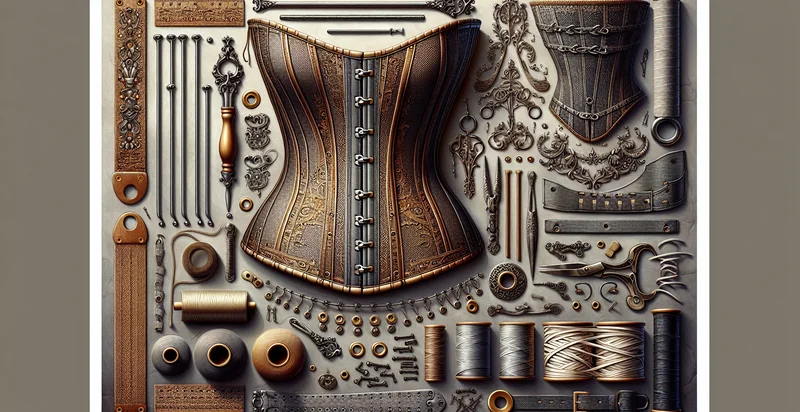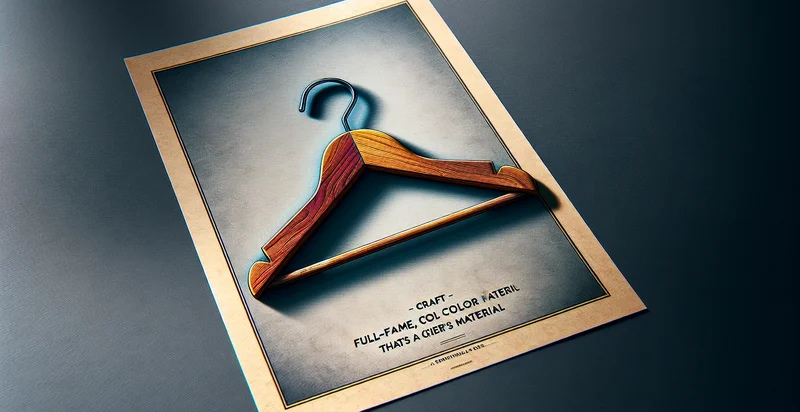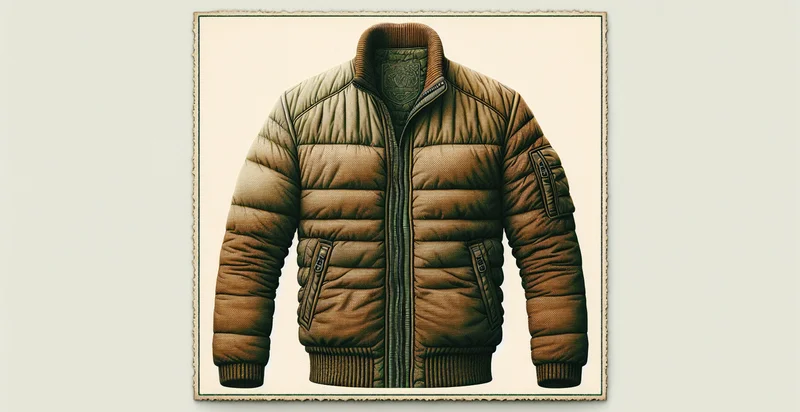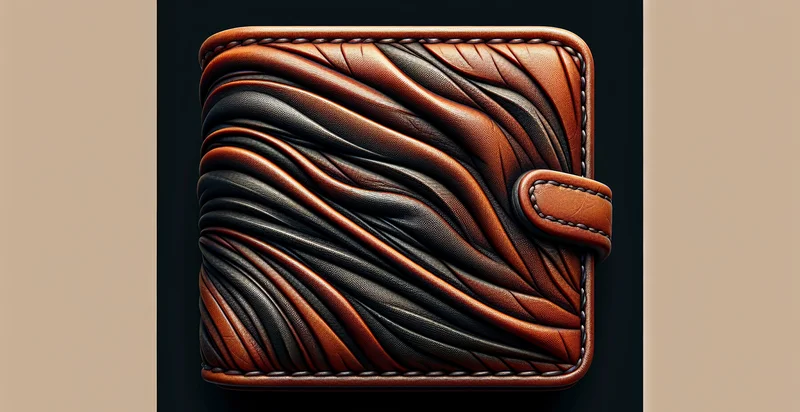Identify what material a corset is made from
using AI
Below is a free classifier to identify what material a corset is made from. Just upload your image, and our AI will predict what material a corset is made from - in just seconds.


Contact us for API access
Or, use Nyckel to build highly-accurate custom classifiers in just minutes. No PhD required.
Get started
import nyckel
credentials = nyckel.Credentials("YOUR_CLIENT_ID", "YOUR_CLIENT_SECRET")
nyckel.invoke("what-material-a-corset-is-made-from", "your_image_url", credentials)
fetch('https://www.nyckel.com/v1/functions/what-material-a-corset-is-made-from/invoke', {
method: 'POST',
headers: {
'Authorization': 'Bearer ' + 'YOUR_BEARER_TOKEN',
'Content-Type': 'application/json',
},
body: JSON.stringify(
{"data": "your_image_url"}
)
})
.then(response => response.json())
.then(data => console.log(data));
curl -X POST \
-H "Content-Type: application/json" \
-H "Authorization: Bearer YOUR_BEARER_TOKEN" \
-d '{"data": "your_image_url"}' \
https://www.nyckel.com/v1/functions/what-material-a-corset-is-made-from/invoke
How this classifier works
To start, upload your image. Our AI tool will then predict what material a corset is made from.
This pretrained image model uses a Nyckel-created dataset and has 20 labels, including Brocade, Canvas, Chiffon, Cotton, Denim, Faux Leather, Jacquard, Lace, Leather and Microfiber.
We'll also show a confidence score (the higher the number, the more confident the AI model is around what material a corset is made from).
Whether you're just curious or building what material a corset is made from detection into your application, we hope our classifier proves helpful.
Related Classifiers
Need to identify what material a corset is made from at scale?
Get API or Zapier access to this classifier for free. It's perfect for:
- Retail Inventory Optimization: Retailers can use the False image classification function to automatically classify the materials of corsets in their inventory. This enables more efficient stock management by ensuring that products are categorized accurately based on material composition, improving customer search experiences.
- E-commerce Quality Assurance: E-commerce platforms can employ this function to enhance listing accuracy by verifying the material of corsets against product descriptions. This reduces the risk of mismatches and returns based on incorrect material claims, improving customer satisfaction and trust.
- Sustainable Material Tracking: Fashion brands looking to promote sustainability can use this function to identify and classify corset materials as sustainable or ethically sourced. This data can then be leveraged for marketing purposes, appealing to eco-conscious consumers.
- Fashion Trend Analysis: Analysts can utilize the material classification to study trends in corset materials over time. This can provide valuable insights into consumer preferences and industry shifts, aiding brands in design and marketing strategies.
- Custom Corset Design Recommendations: Tailoring shops can implement this function to recommend materials based on customer body types and preferences. By accurately classifying materials, shops can provide personalized suggestions that enhance the customer experience.
- Compliance and Regulation Monitoring: Brands can use the False image classification function to ensure that their corsets meet safety regulations regarding material composition. This is essential in avoiding legal issues and ensuring consumer safety by validating material claims.
- Market Competitiveness Assessment: Companies can analyze competitors’ corset materials using this classification function. Understanding material offerings can assist brands in positioning their products effectively and identifying gaps in the market that may be capitalized on.


